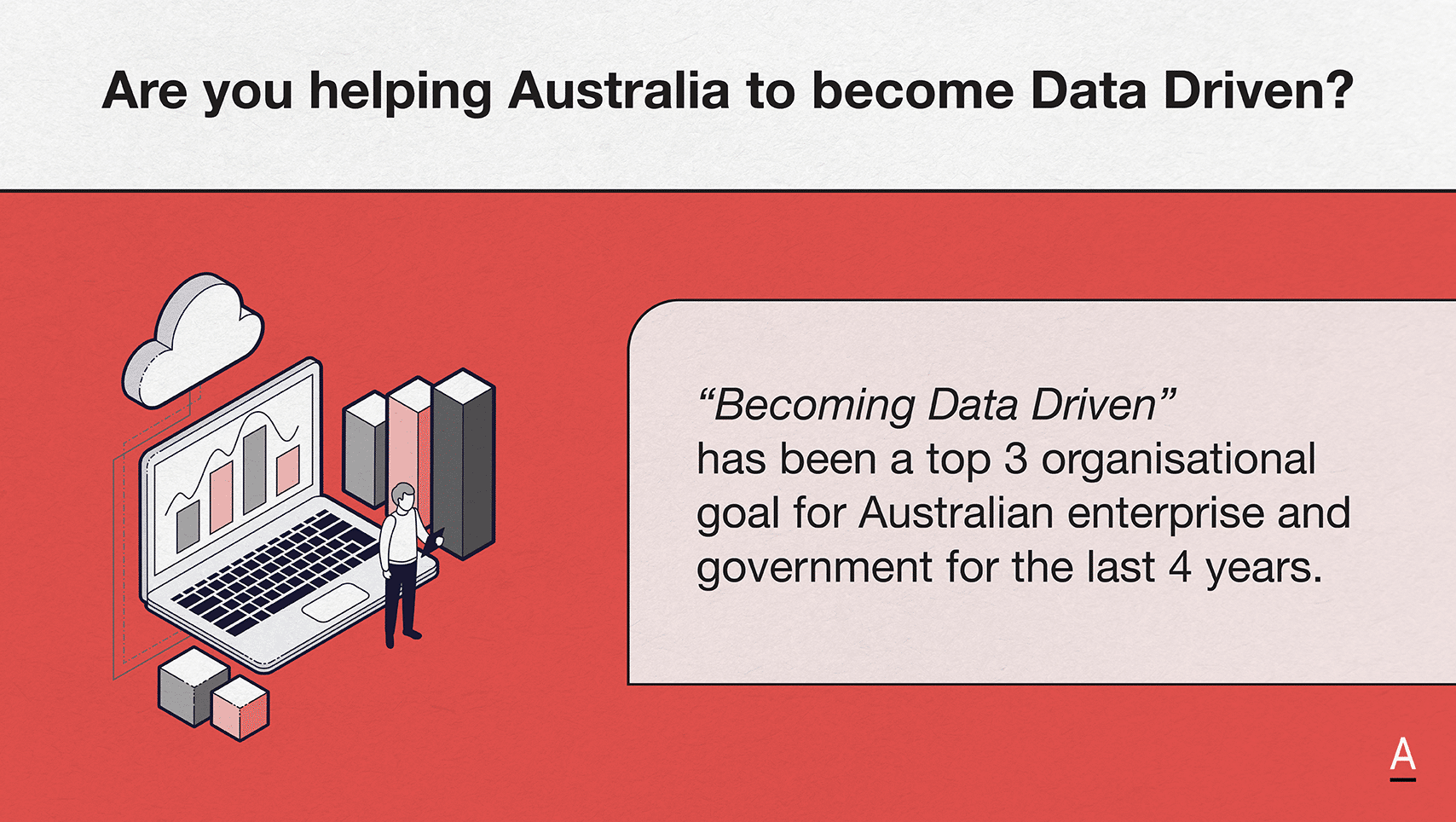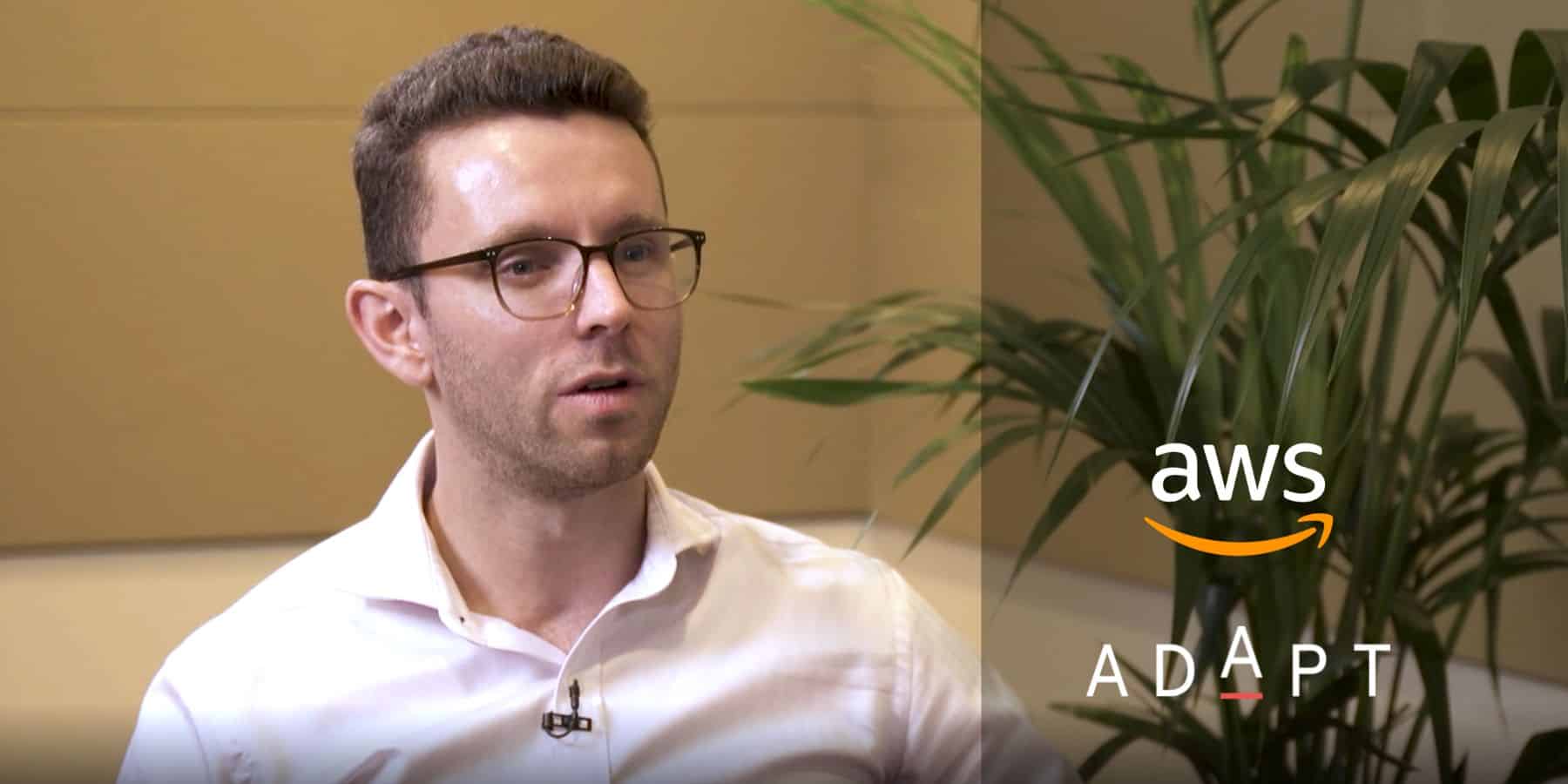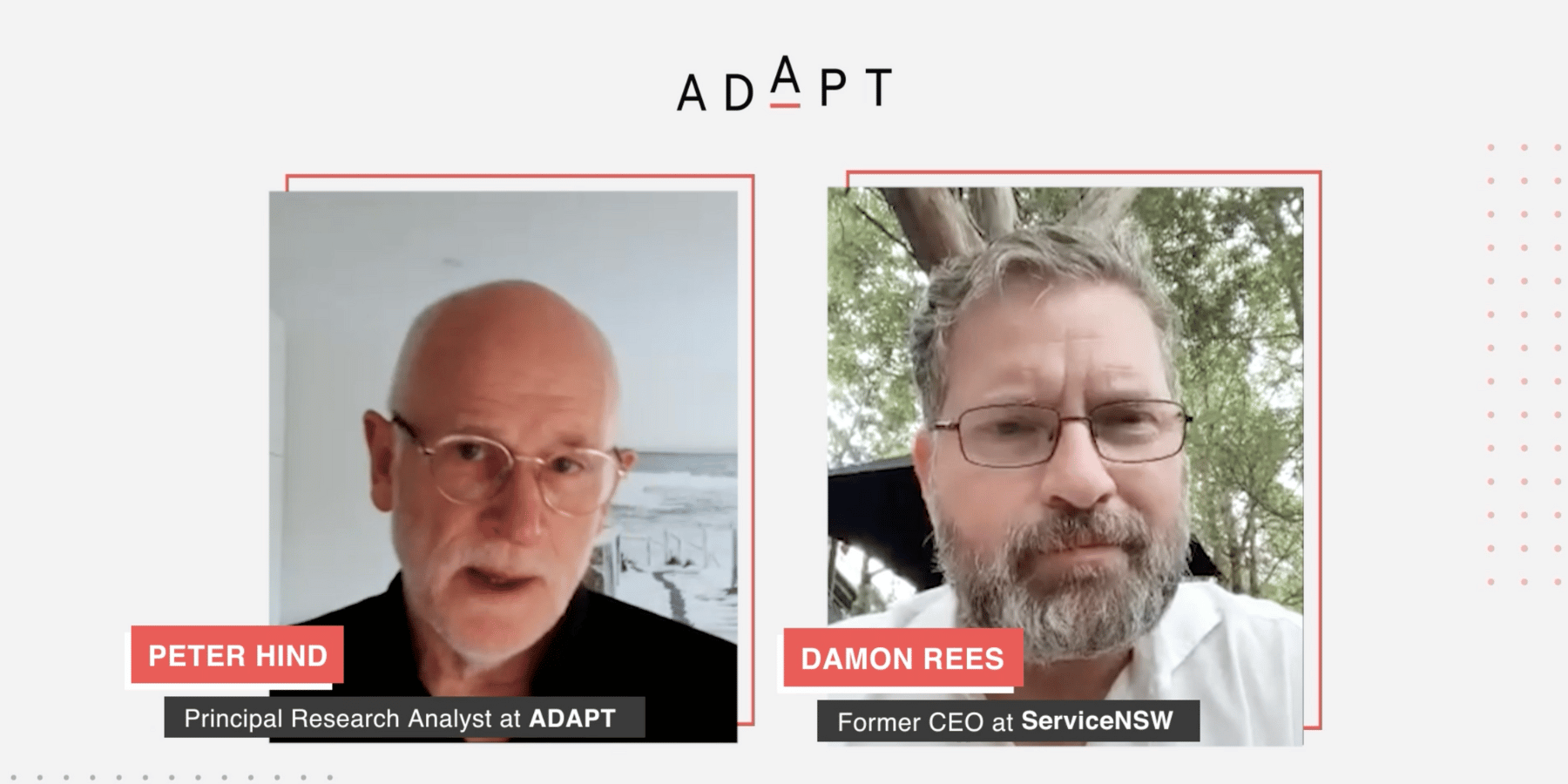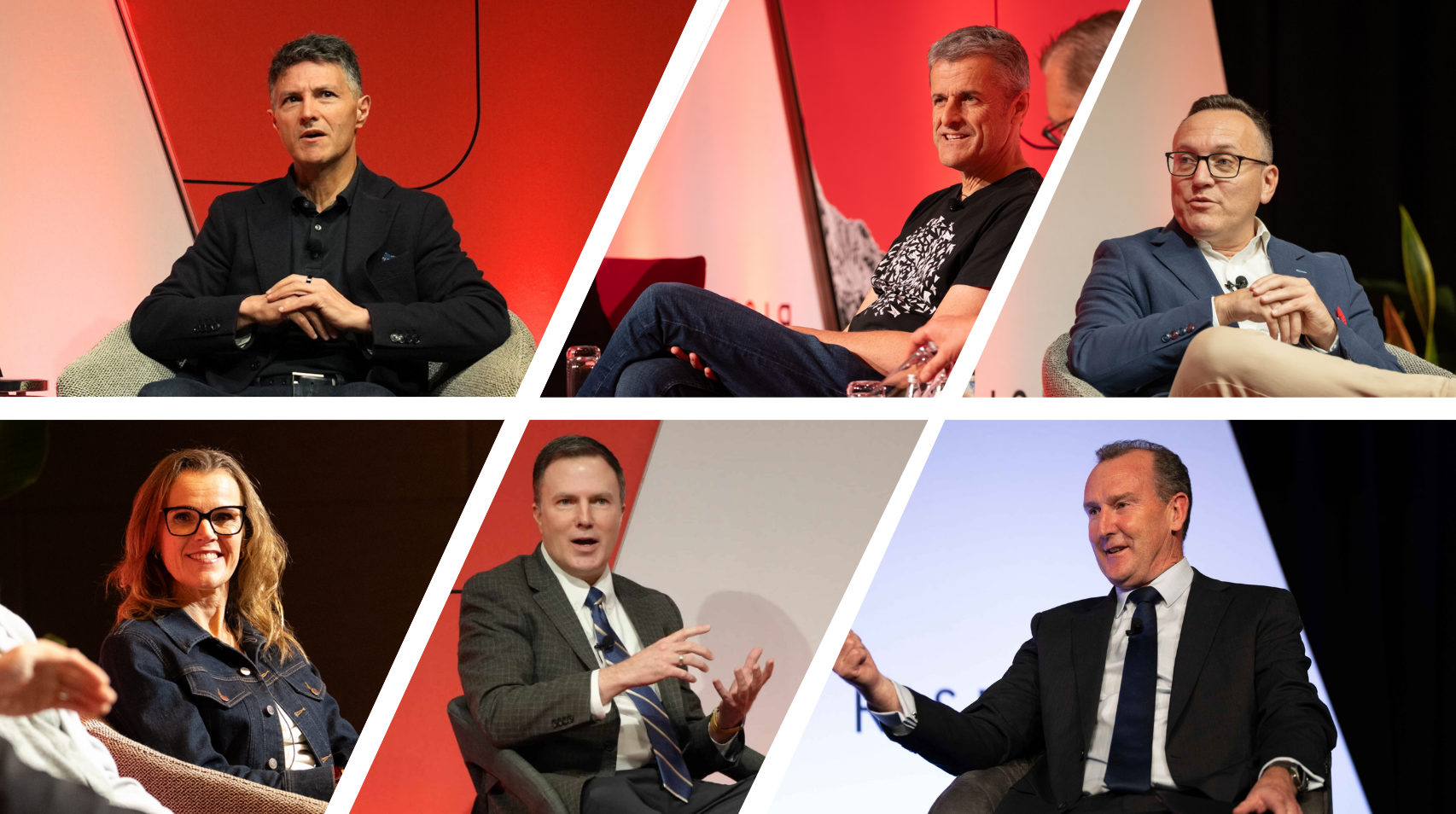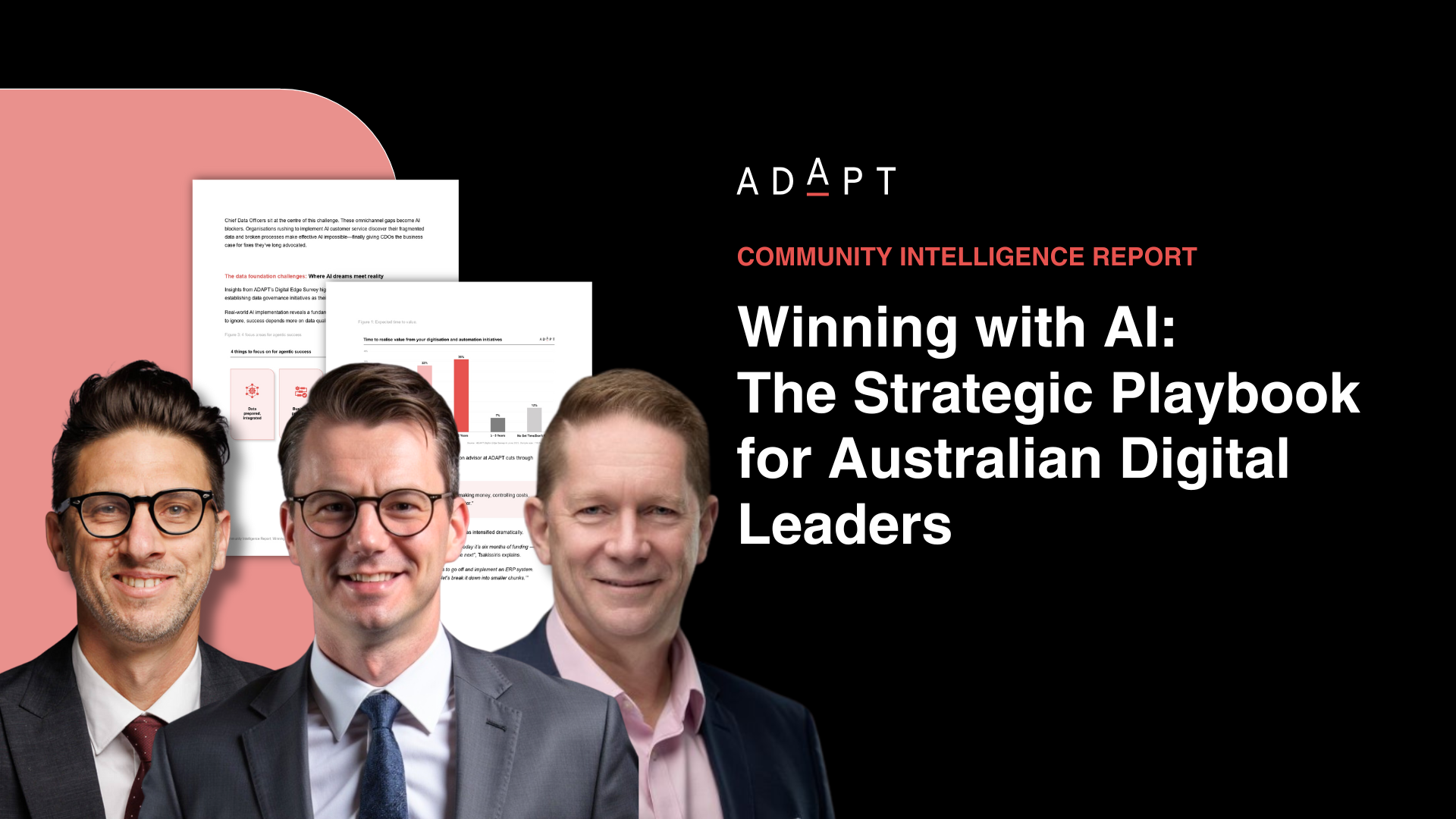80% of Australia’s top Data & AI leaders say their data isn’t ready for AI
ADAPT’s Data & AI Edge explored how CDAOs can leverage zero copy architectures, build AI centres of excellence, and urgently close data maturity gaps.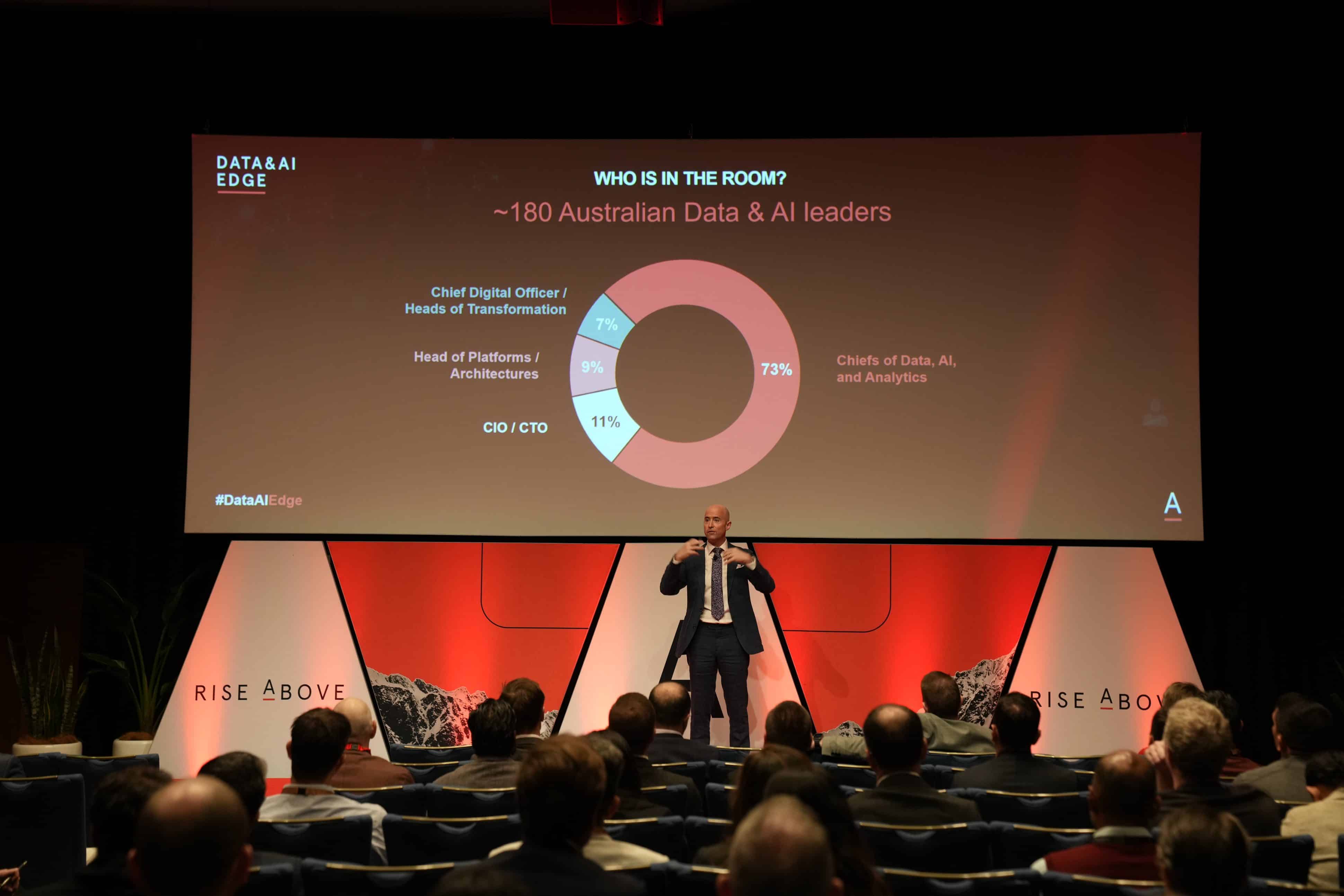
ADAPT’s Data & AI Edge explored how CDAOs can leverage zero copy architectures, build AI centres of excellence, and urgently close data maturity gaps.
We gathered the executives responsible for a third of Australia’s GDP and 12% of its workforce.
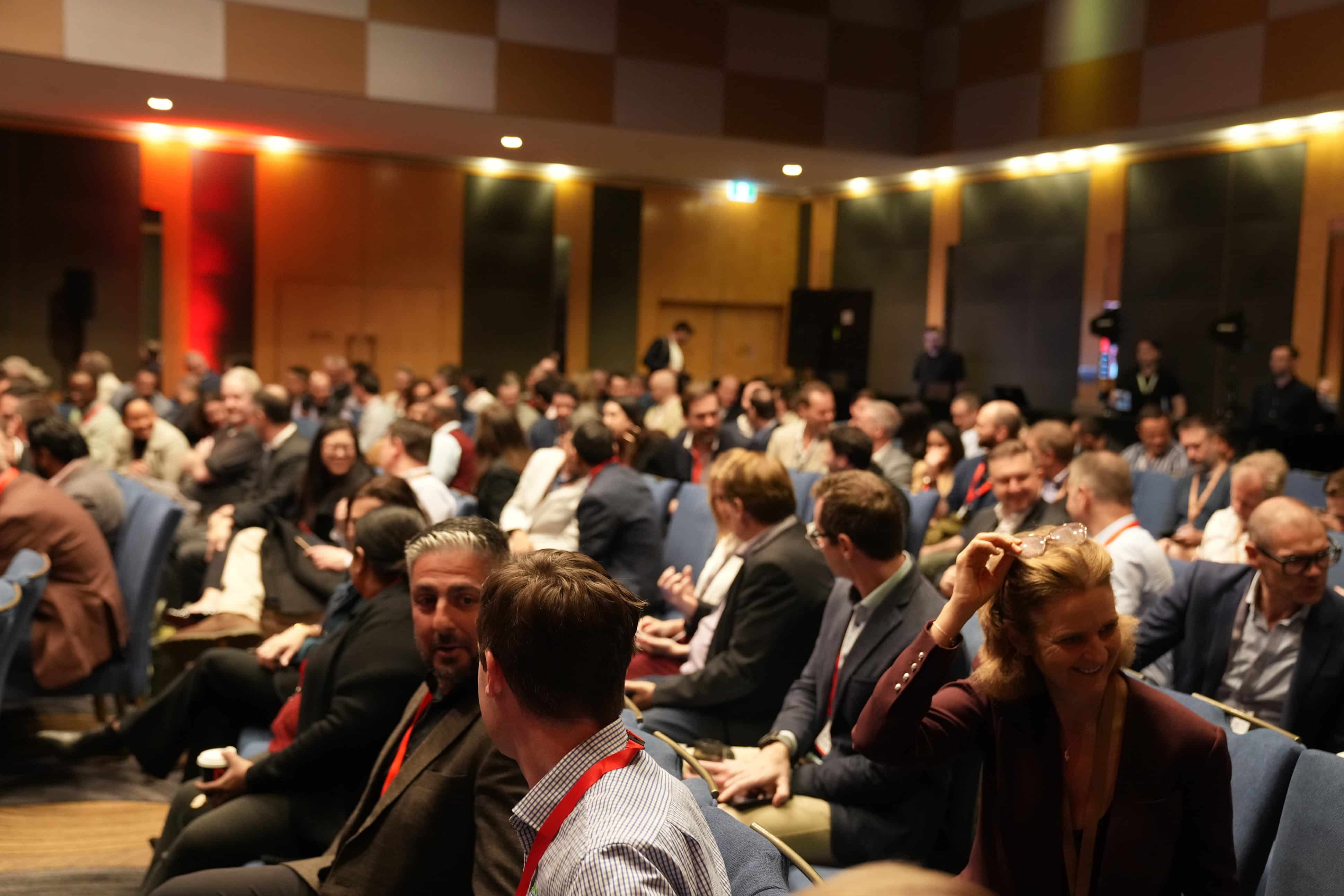
These are the leaders grappling with how to scale AI beyond pilots.
The appetite is enormous, but the path is blocked by silos, skills shortages, technical debt and inconsistent data maturity.
Despite momentum in governance and architecture, confidence in delivering data strategy has dropped.
Why? Because data quality and integration are not keeping up with the pace of AI.
Nearly 80% of these leaders say their data is not ready for the AI use cases being demanded.
Two thirds are stuck in what MIT’s Peter Weill calls “silos and spaghetti.”
Many organisations are pushing ahead with AI strategies, but delivery remains fractured.
While 75% of CDAOs are now responsible for shaping their organisation’s AI strategy, only 59% are accountable for executing it.
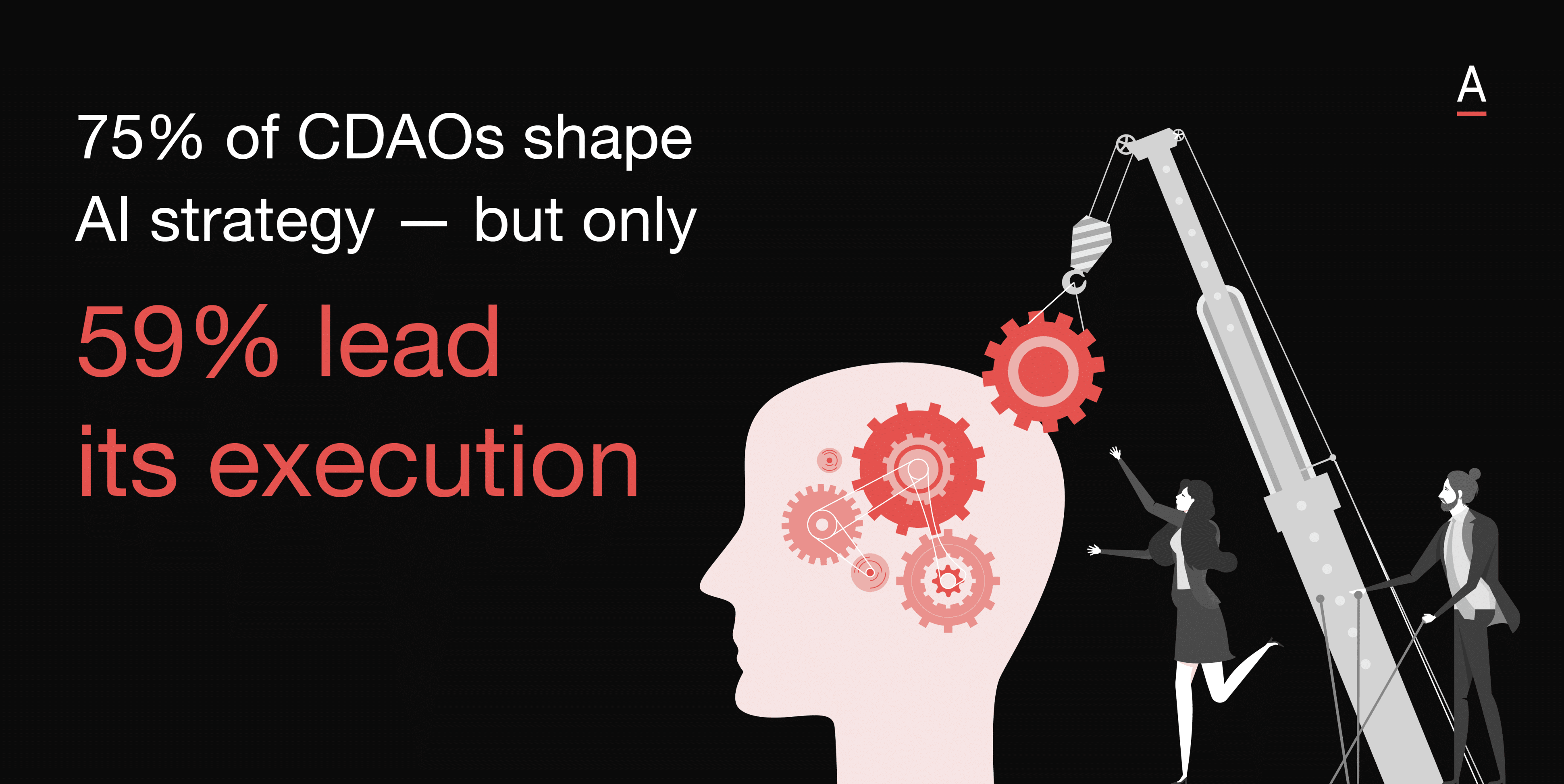
Without clear ownership, progress stalls and impact is diluted.
Insufficient executive prioritisation has now emerged as the third biggest barrier to scaling AI from proof of concept to production, leaving many initiatives stranded in pilot mode.
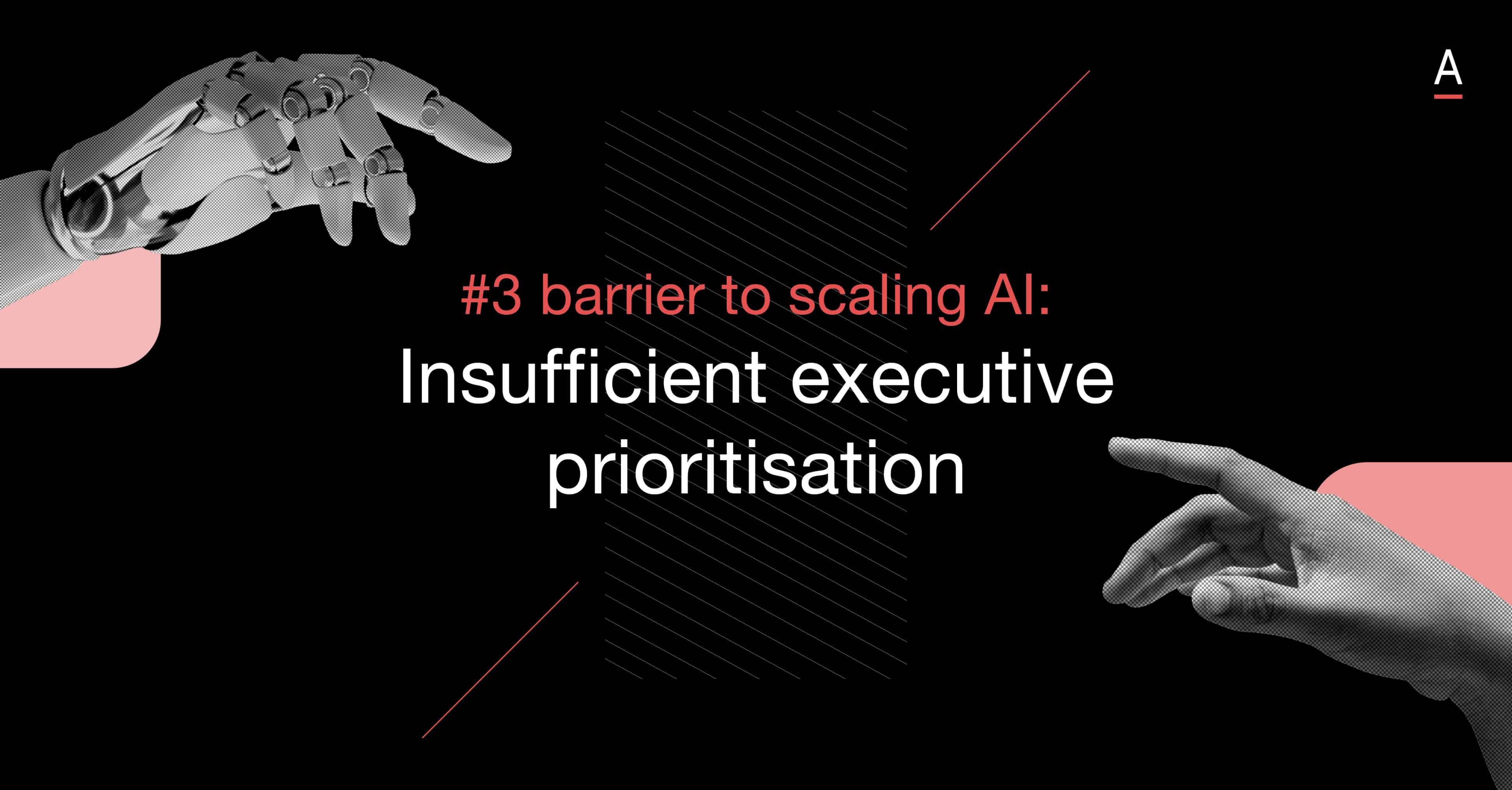
The result: 70% of organisations report little to no return on their AI investments.
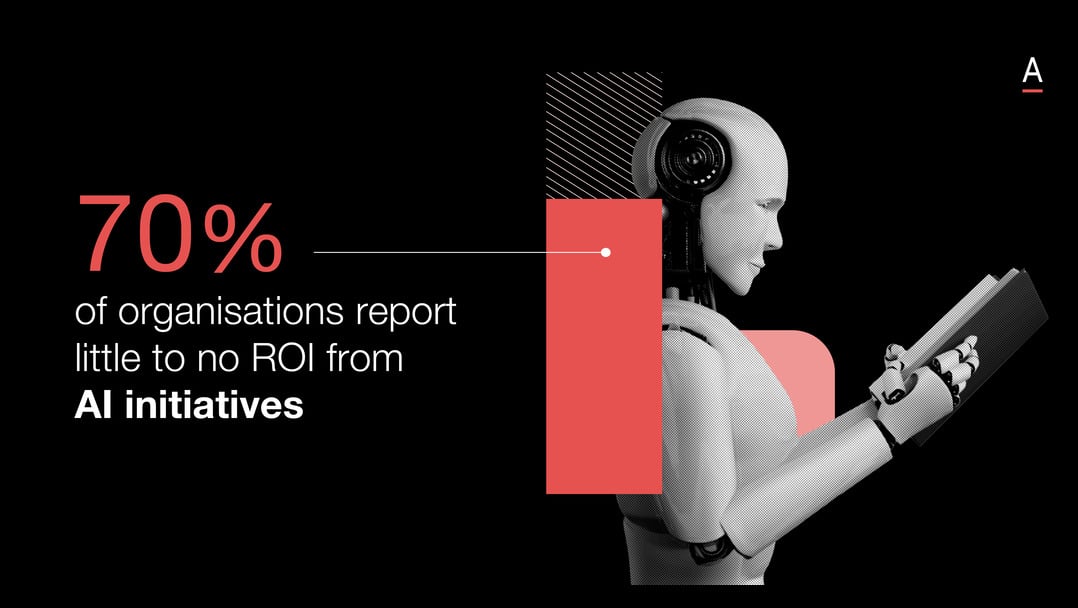
There is growing interest in emerging approaches like zero copy architecture, which enables insights without moving data.
Yet over half of the market is still unaware of it.
Australia’s enterprise and government leaders are not just chasing AI.
They are trying to build the structures, talent and trust needed to scale it securely.
Take a look at how the country’s leading CDAOs are closing these critical gaps to deliver real, measurable outcomes with AI.
Align AI strategy with business outcomes to drive adoption
Effective AI adoption begins with clearly defined business outcomes rather than standalone technology goals.
Richard Fleming, Partner at Bain & Company, highlighted that successful AI projects consistently align to specific, strategic business priorities, supported by direct business ownership rather than purely technical leadership.
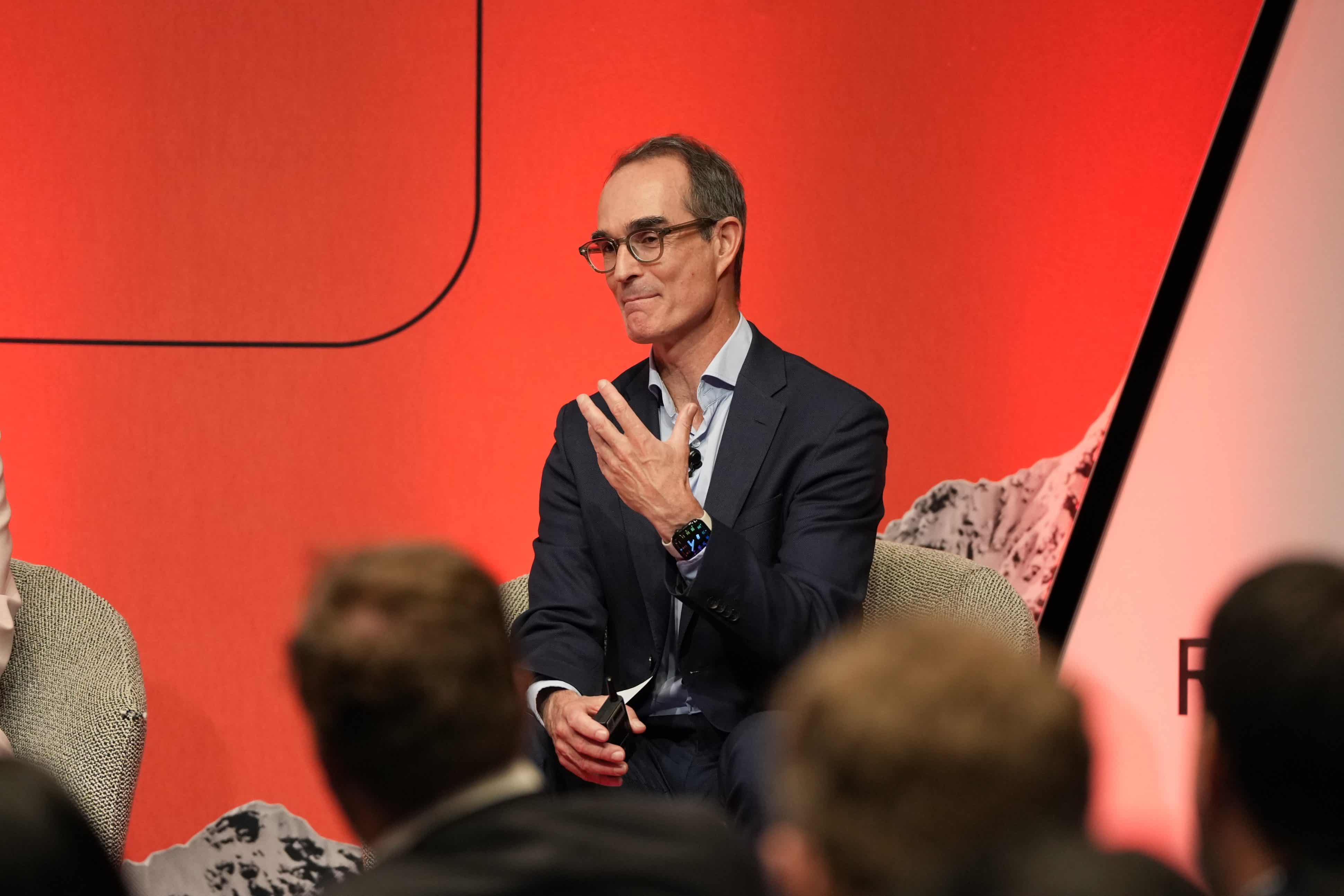
Echoing Richard’s perspective, Artak Amirbekyan, Head of Data, AI & ML at Transurban, demonstrated that clearly defined operational goals, such as improving fraud detection accuracy, have enabled quicker adoption by showcasing measurable improvements to stakeholders.
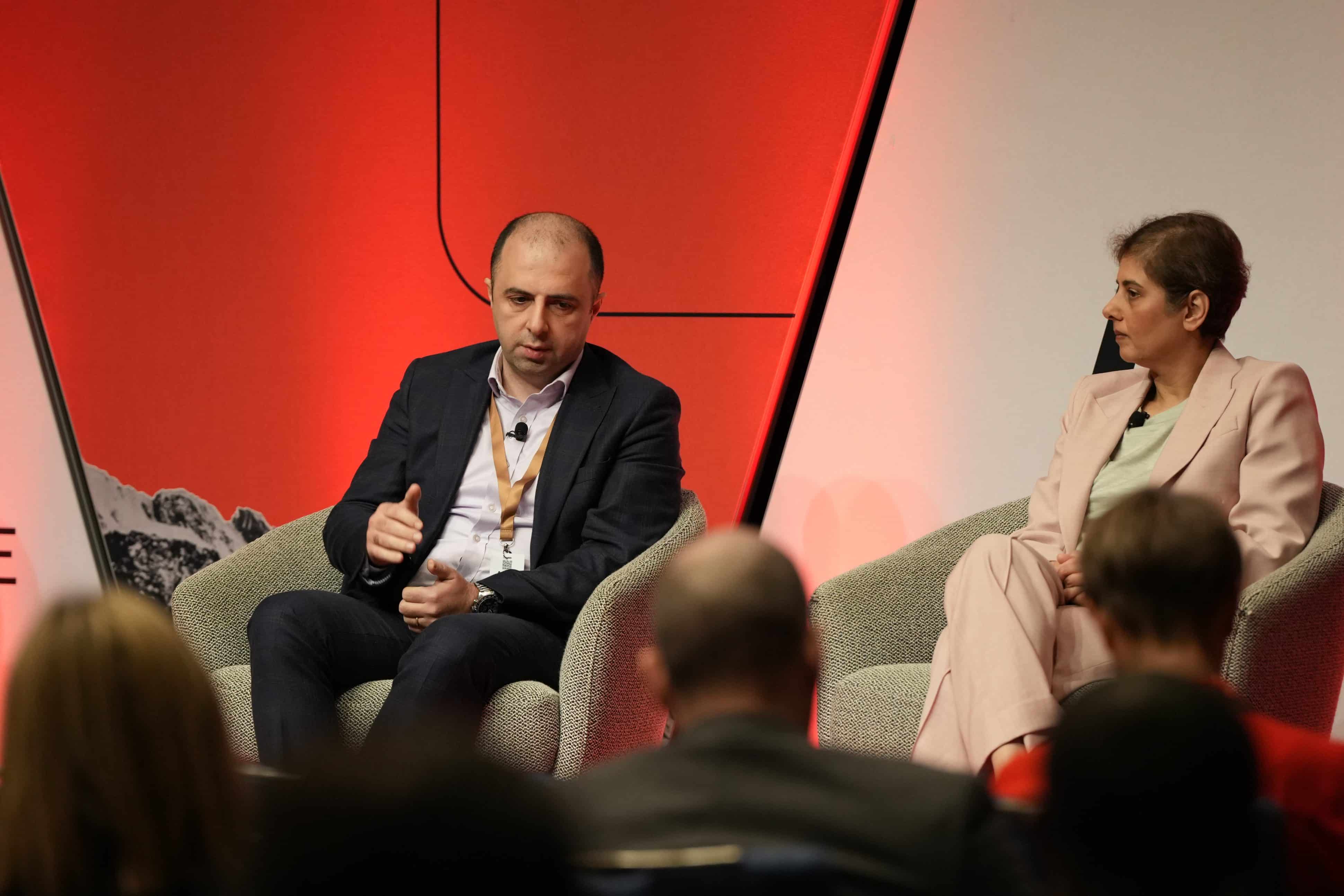
Amy Shi-Nash, Chief Data & Analytics Officer at Tabcorp, reinforced that initial AI projects should start as targeted experiments closely tied to operational metrics.
This experimental approach rapidly demonstrates tangible results, overcoming executive scepticism and bolstering support.
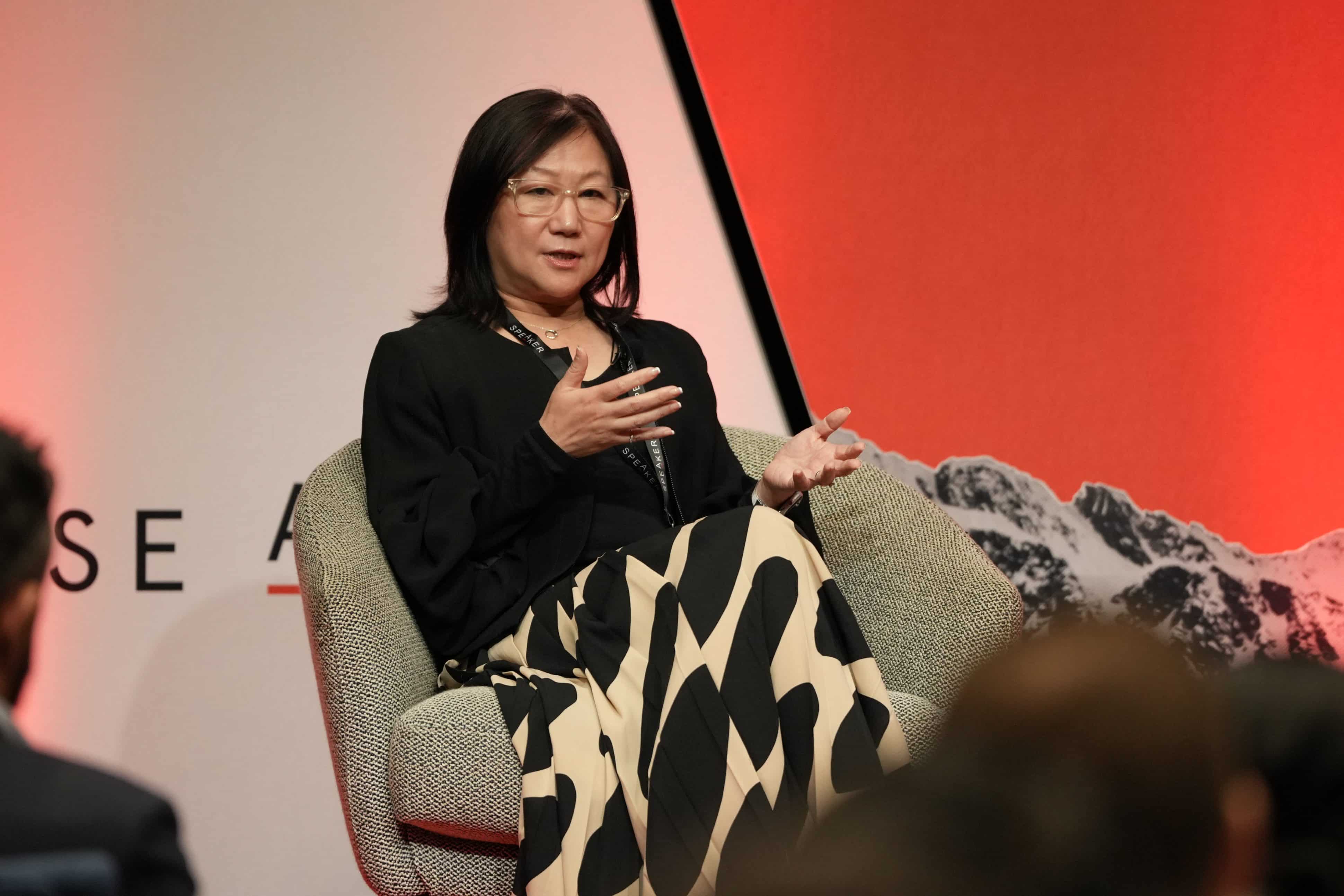
Likewise, Damian Brennan, Division Director, AI & Data Analytics at Macquarie Group, confirmed that well-scoped initial projects that deliver early wins secure critical buy-in and lay groundwork for wider organisational support.
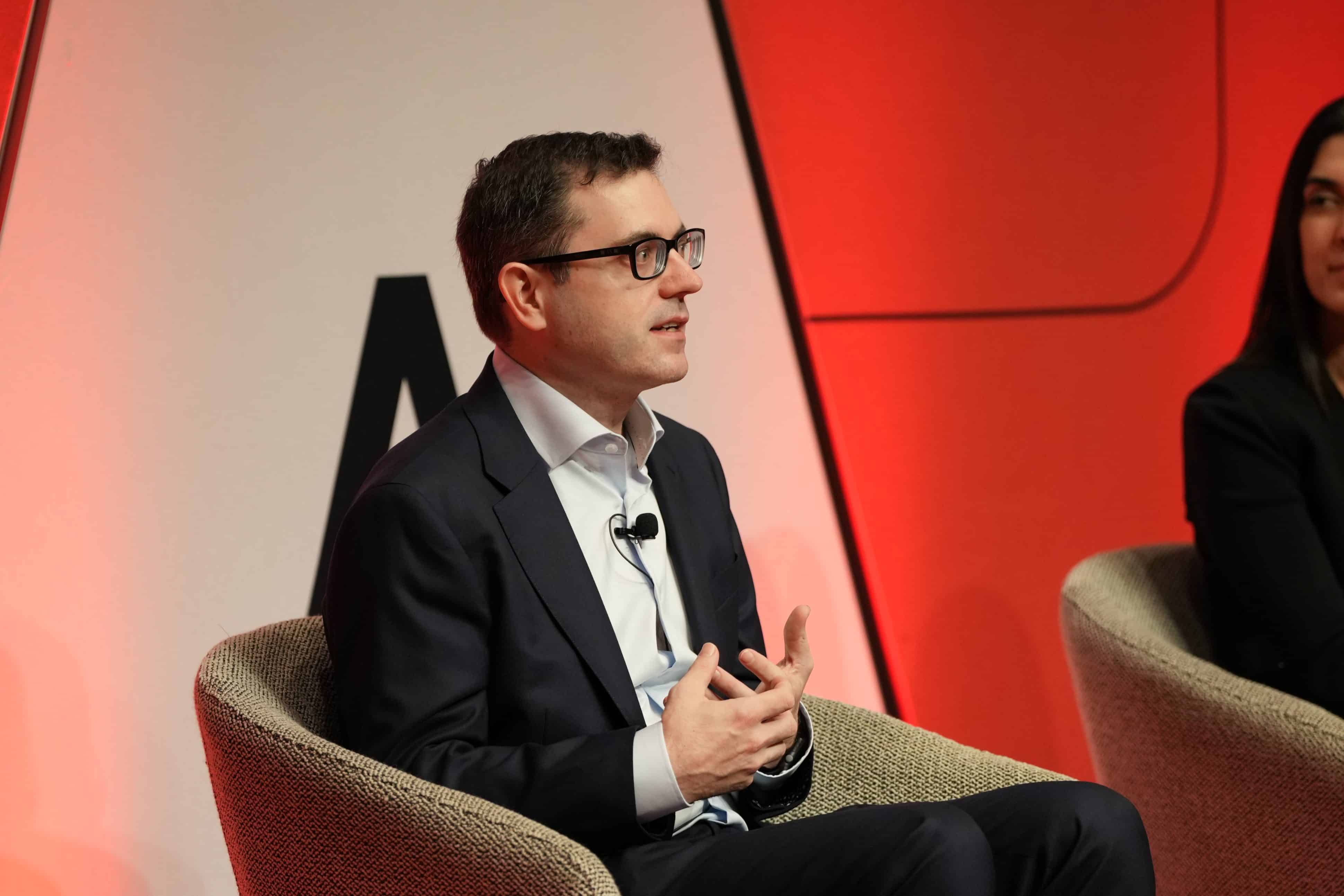
During an interview, Ranjana Vaidya, Group GM of Digital Portfolio and Enterprise Data Solutions at MIRVAC, reinforced the value of starting with strategic business needs and using AI to solve them, emphasising that trust is earned by showing tangible results through small, focused experiments.

In a separate interview, Richard Fleming also noted that many Australian organisations fall into the trap of over-investing in data foundations without a defined AI application.
He urged CDAOs to lead with the business case, not the tech stack.

These insights suggest Australian CDAOs must focus their efforts on clearly defined use cases that directly impact critical operational outcomes.
Prioritising these initiatives ensures executive buy-in, strategic alignment, and a practical pathway to sustainable scalability.
Prioritise data integration and organisational literacy to unlock AI readiness
According to insights from Dr Michael G. Kollo, Director of AI at ADAPT, organisations reporting successful AI deployment consistently excel in robust data integration and elevated organisational data literacy.
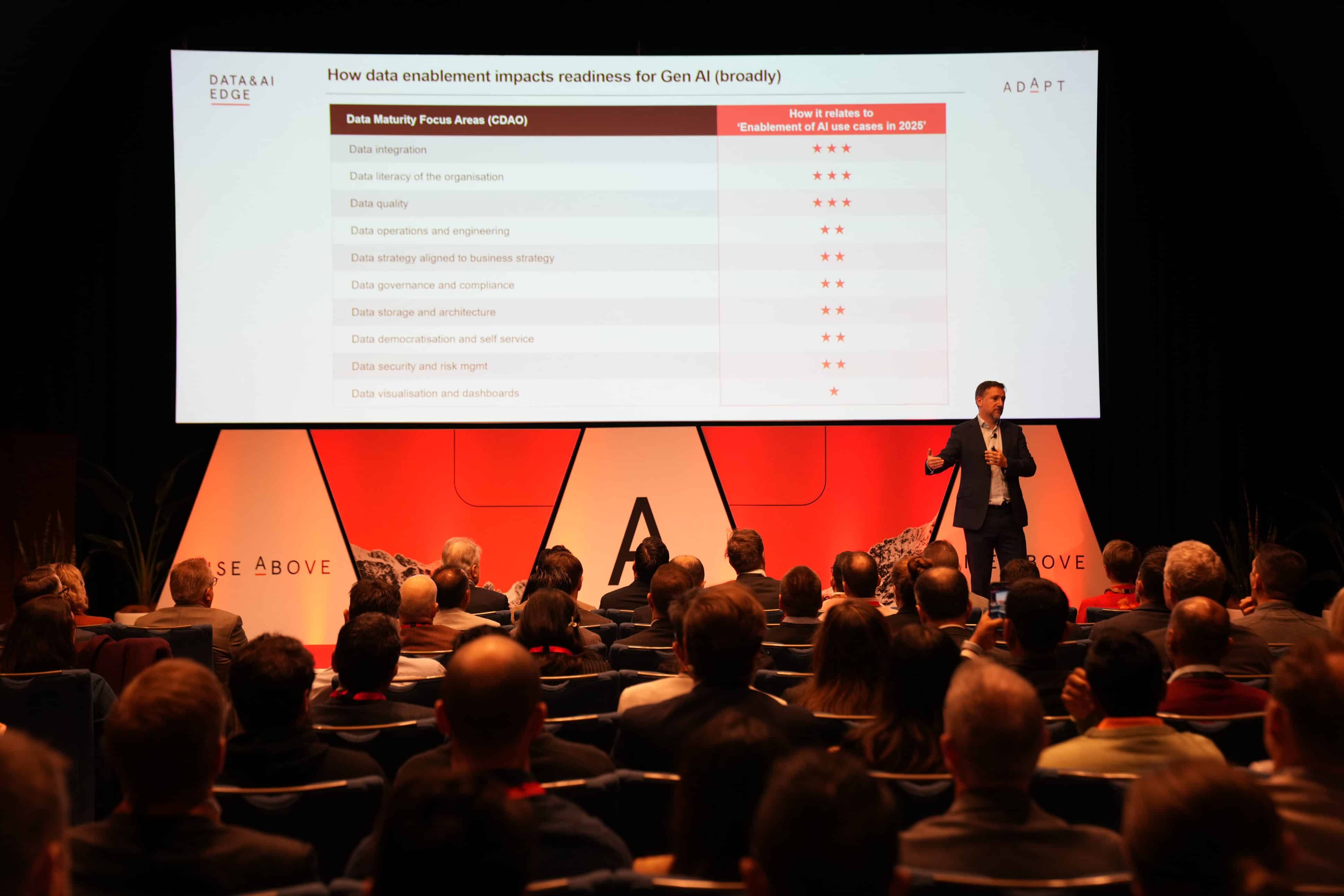
Given significant industry variability, Dr Kollo urged businesses to benchmark themselves specifically on these metrics, identifying areas needing urgent attention to support strategic AI deployments.
Alarmingly, just 6% of organisation have mandated AI awareness training for staff.
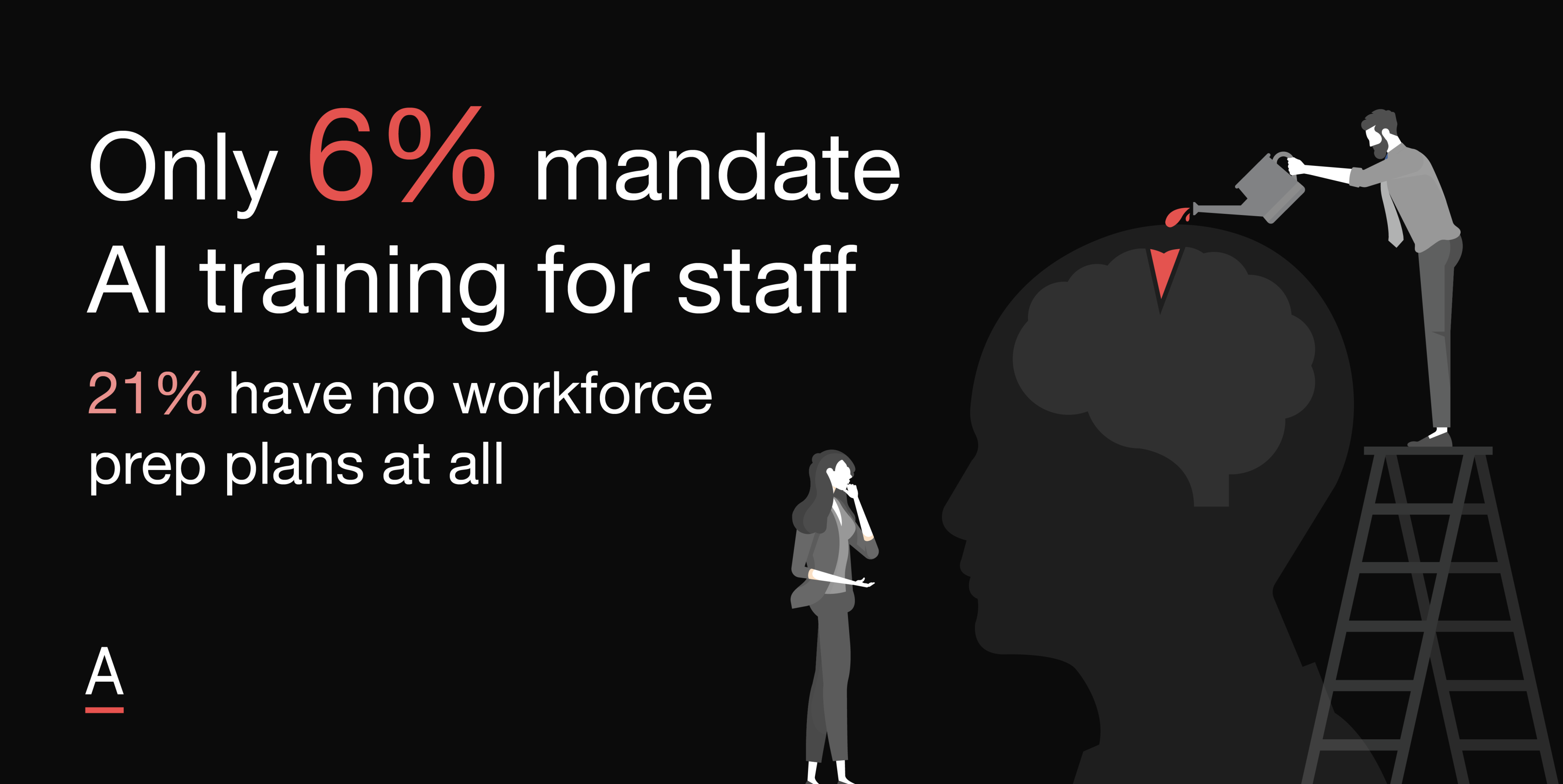
This shows that AI maturity cannot be achieved through isolated technological investment alone.
In his interview, Venkata Valluri, General Manager of Data Analytics and Insights at Aussie Broadband, described a two-year effort to educate executives and align business definitions, underscoring how literacy and consistency must be built through sustained stakeholder engagement.
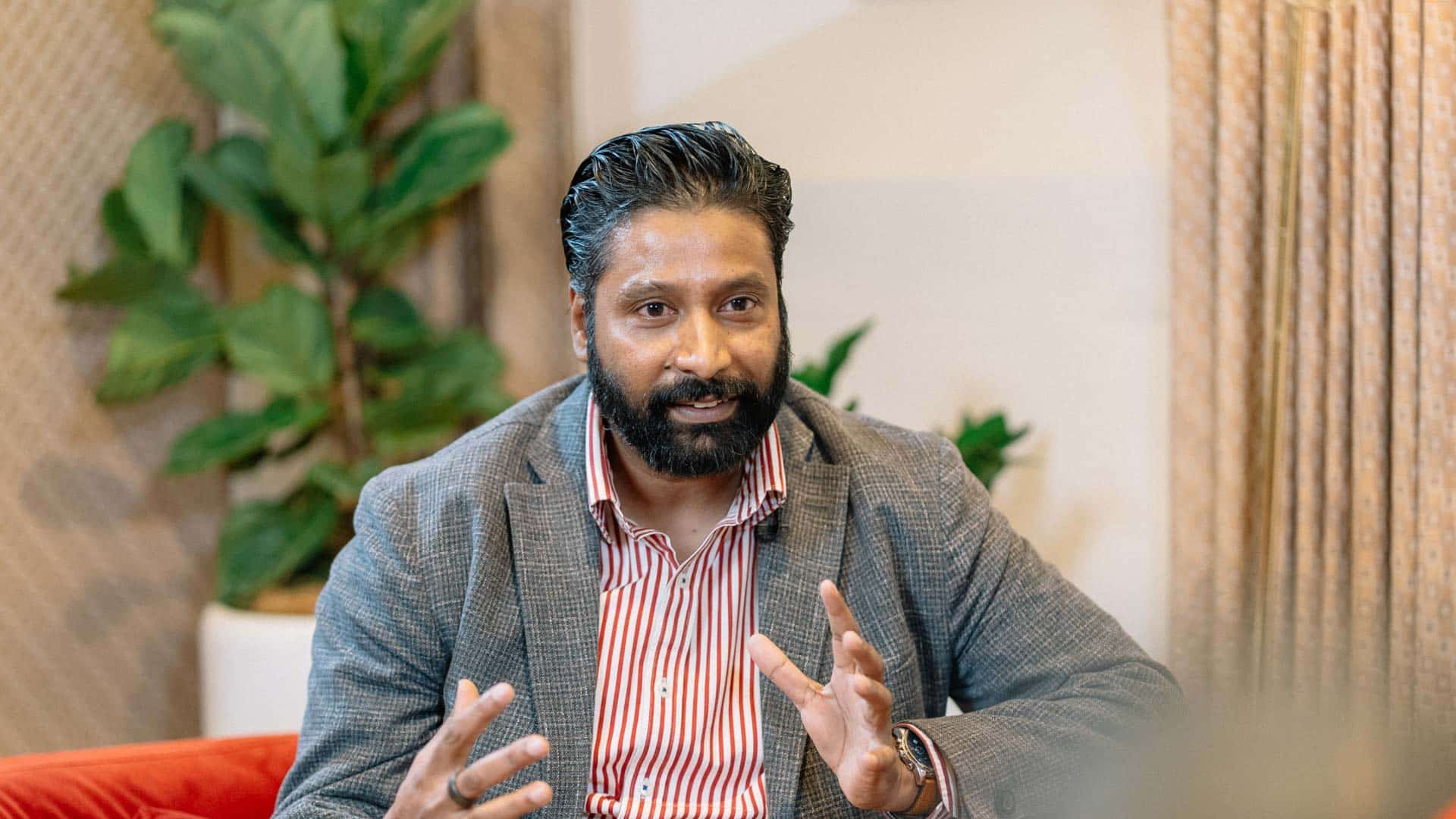
Ranjana Vaidya also shared that digital upskilling was a central pillar of their transformation strategy, combining Copilot pilots, LinkedIn Learning, and industry cross-pollination to raise baseline data fluency across the enterprise.
CDAOs must embed comprehensive data integration capabilities while also investing heavily in organisational education.
Only through coordinated improvements in these areas can companies achieve sustained readiness for advanced AI implementations, including generative AI.
Harness internal talent and AI-driven creativity for competitive advantage
Australia’s CDAOs often overlook the strategic potential of existing internal expertise.
Currently, only 25% of organisations have formalised AI centres of excellence or champion teams, indicating significant potential for improvement.
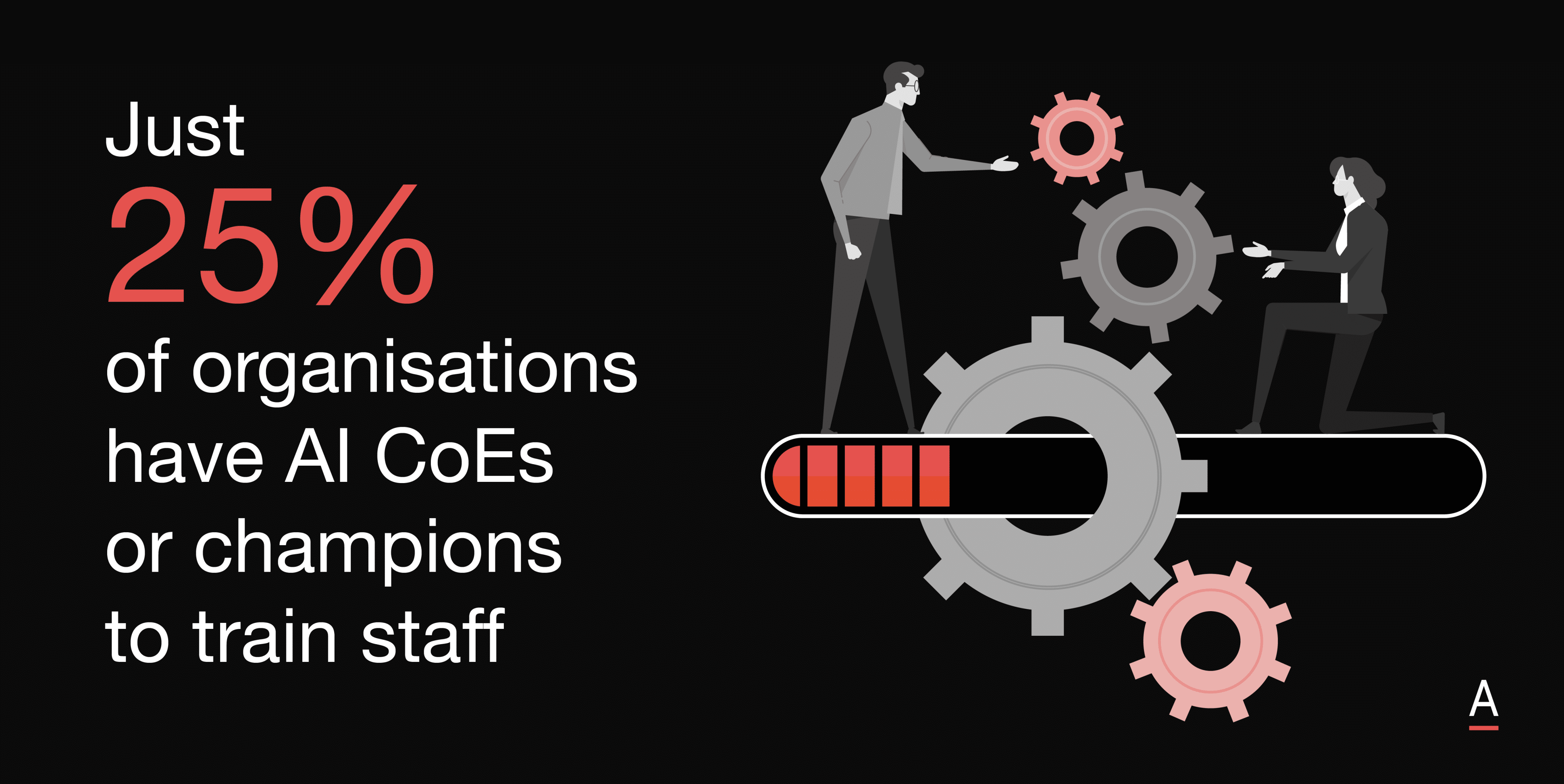
Suzie Cardwell, Chief Data, Product & Technology, Enterprise at Nine, explained how centralising previously fragmented data capabilities significantly increased internal collaboration and accelerated AI adoption across the business, leveraging existing talent to maximise effectiveness.

Alan Jacobson, Chief Data and Analytics Officer at Alteryx, similarly highlighted the value of early, measurable AI outcomes, describing procurement optimisation initiatives that quickly demonstrated AI’s financial value.
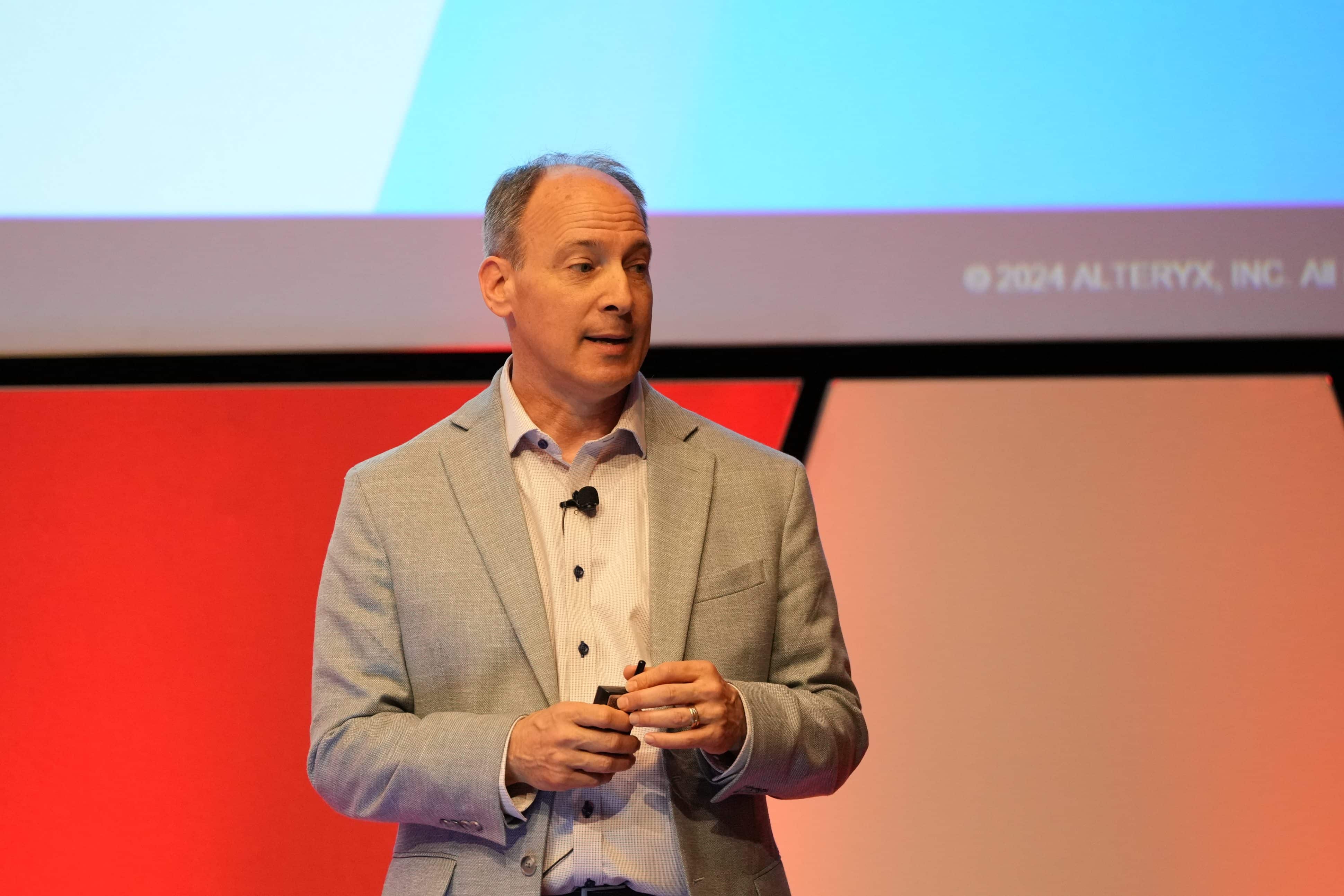
Such rapid validation secures executive commitment and boosts internal confidence in talent capabilities.
Artak Amirbekyan, Chief Data Officer at EBOS Group, explained that while guardrails must be clear, unlocking widespread AI impact requires broad internal access, arguing that strategic democratisation of tools creates more value than limiting them to specialised teams.

Beyond operational improvements, Prof. Marek Kowalkiewicz, Professor & Chair in Digital Economy at Centre for Future Enterprise, QUT Business School, showcased AI’s transformative potential as a strategic and creative partner.
AI’s capability to surpass human creativity benchmarks provides a unique competitive advantage, enabling organisations to innovate strategically and differentiate significantly.
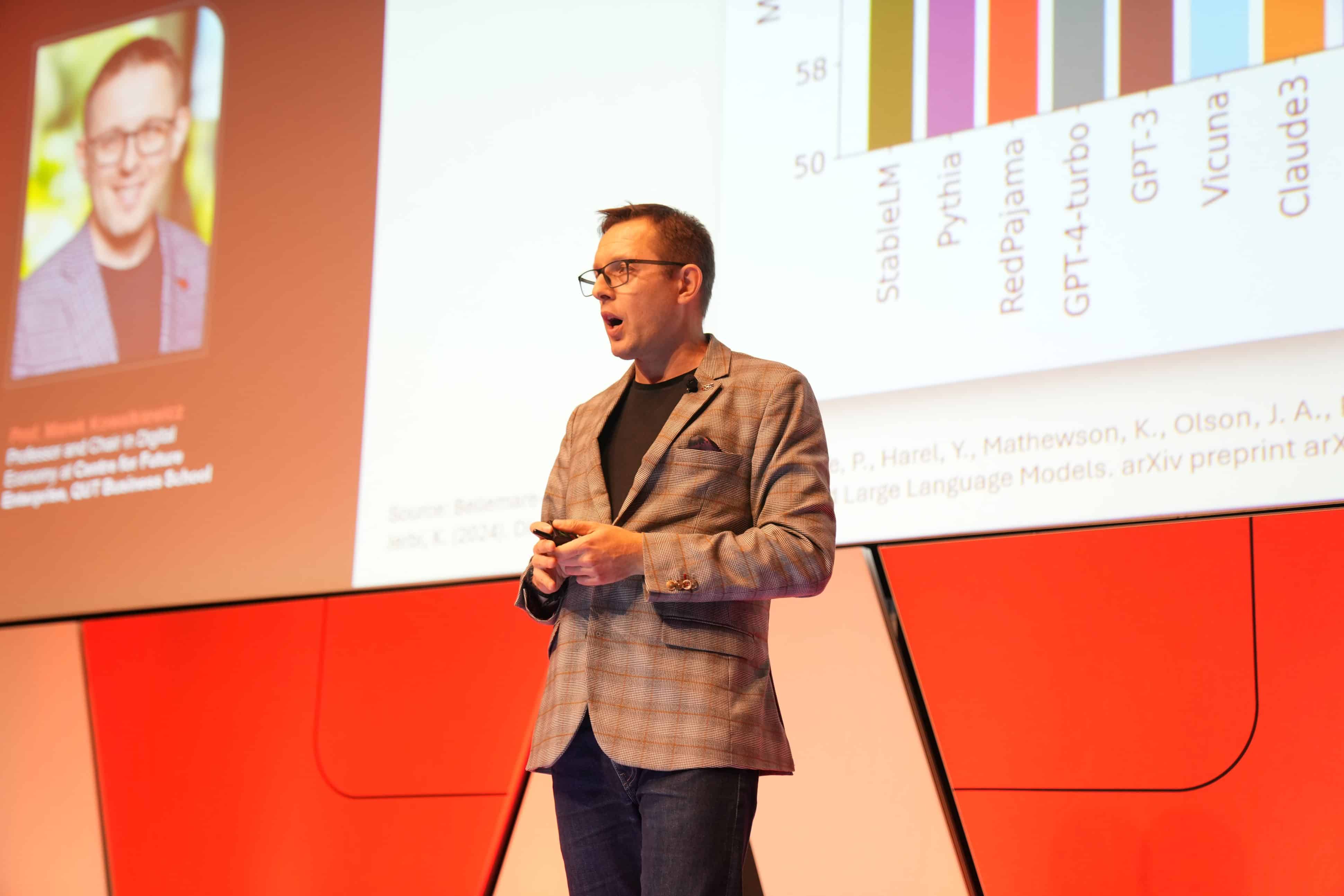
However, he cautioned that this creative potential requires careful management and governance as AI increasingly interacts autonomously with customers and stakeholders.
CDAOs must now actively leverage internal talent, formalise dedicated AI capabilities, and strategically deploy AI as a creative engine.
This combined approach will ensure competitive differentiation, robust internal innovation, and sustained returns from AI investment.
Accelerate scalability through zero copy architectures and federated governance
Given that fewer than half of Australian organisations have mature data security and risk management capabilities, simplifying data architectures emerges as critical.
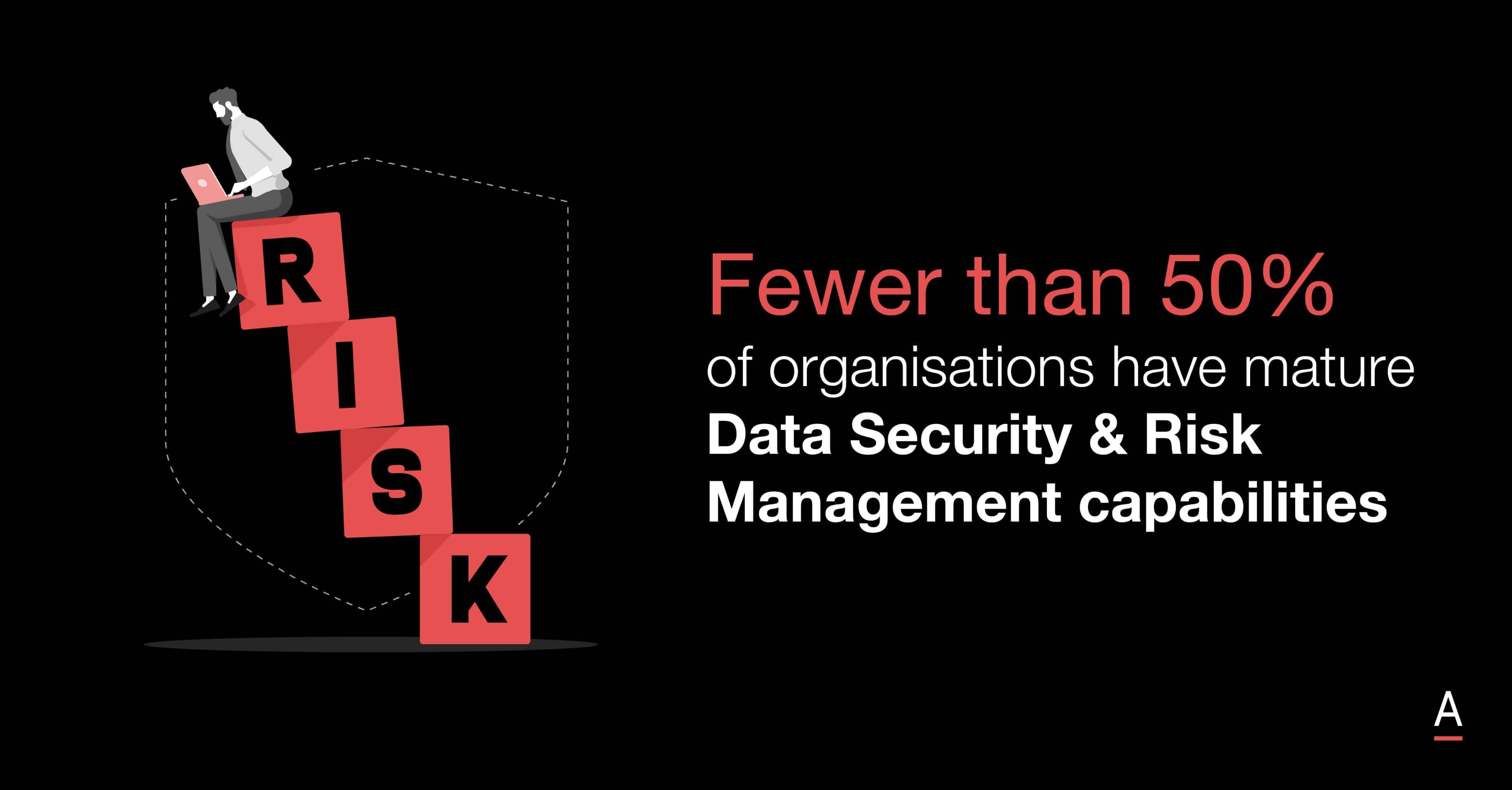
In a conversation moderated by Dr Gayan Benedict, ADAPT Advisor and MIT CISR Industry Fellow, Shankar Vedaraman, VP Data & Analytics at Salesforce and former Netflix Data Engineering and Analytics Leader, explained the strategic advantages of zero copy architecture.
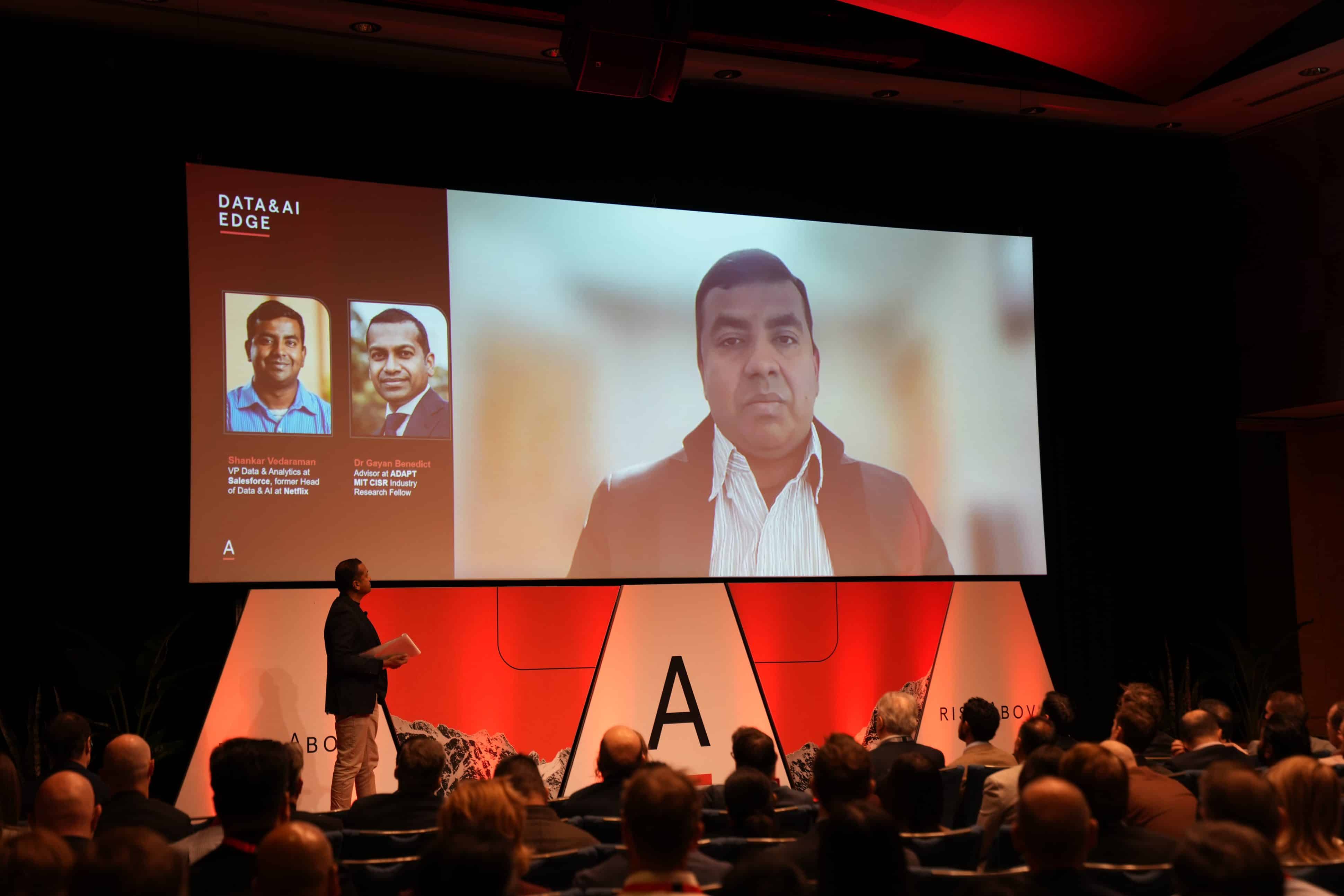
Allowing AI models direct, secure access to data at source eliminates duplication, significantly reducing governance complexity, enhancing compliance, and accelerating the scaling process.
Expanding on Shankar’s insights, Sonia Boije, Chief Data Officer at NBN, shared successes from deploying federated governance models.
Federated models empower business units by decentralising data responsibility, resulting in significantly improved responsiveness, quicker insights, and streamlined governance processes.
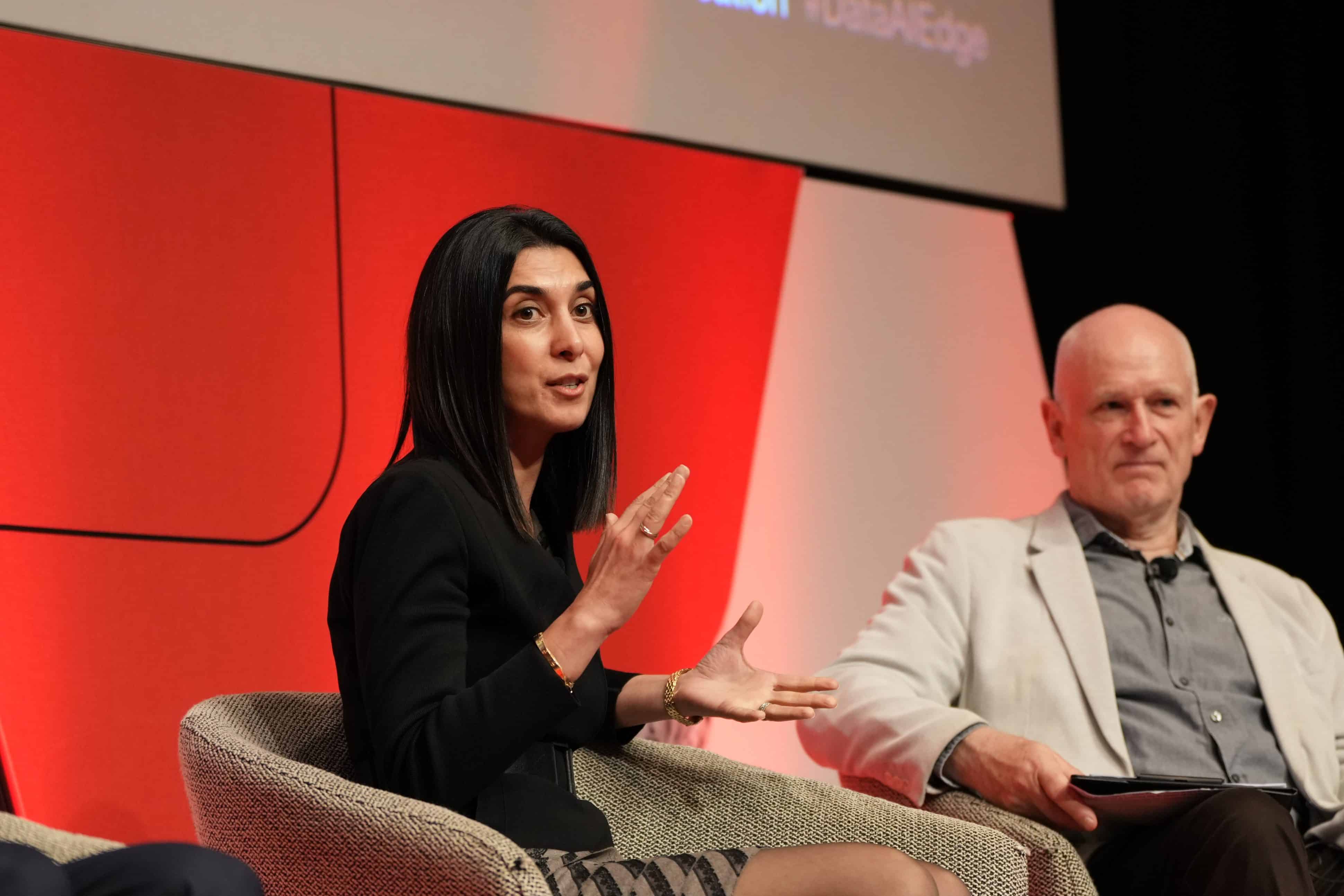
In his interview, Nipun Sharma, Chief Data & AI Officer at Komatsu Australia, noted that co-ownership with security leaders has streamlined governance adoption—stating that data and cyber teams “want the same thing from different lenses,” which enables fast, compliant progress.
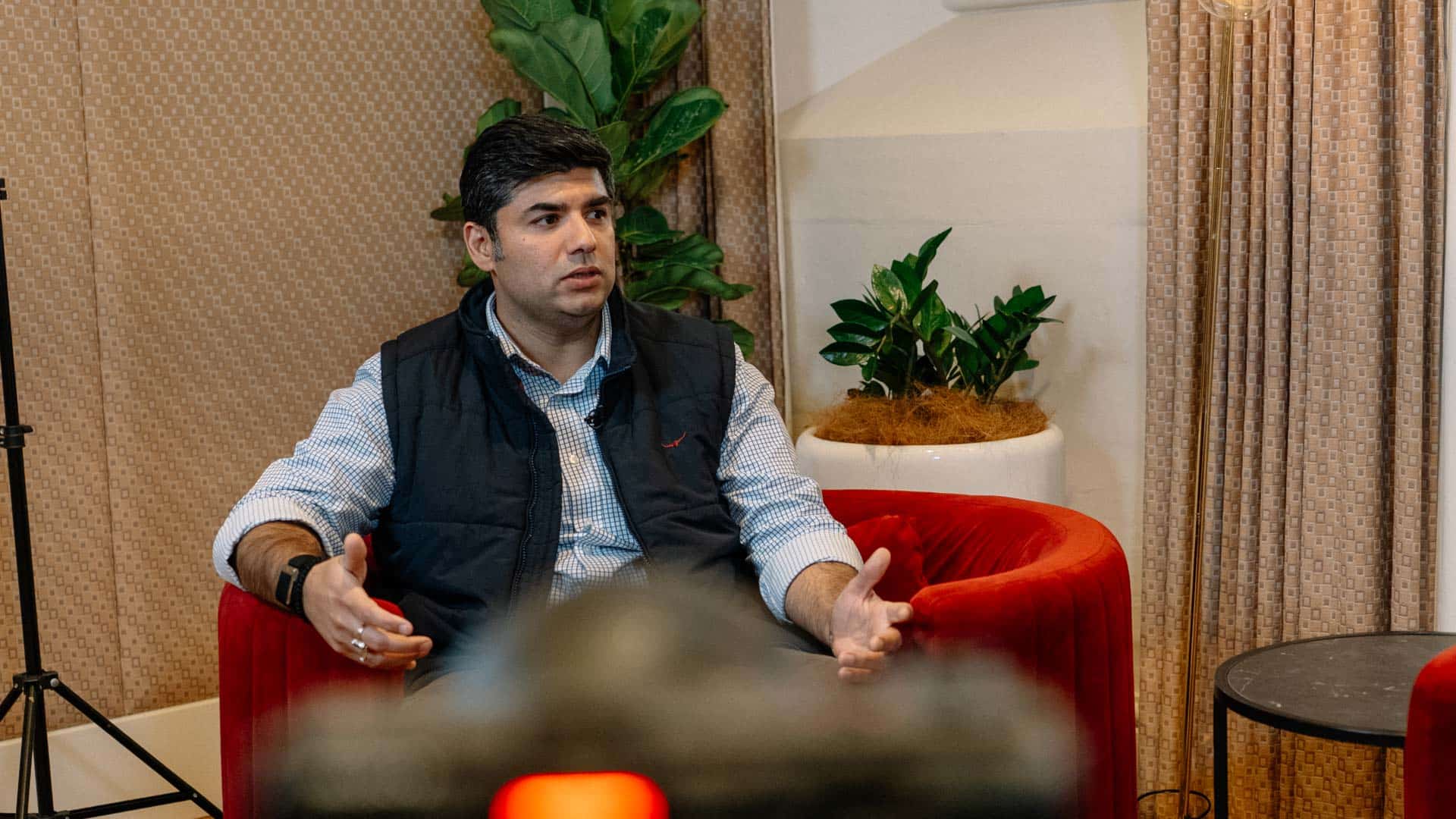
These discussions revealed that to achieve meaningful AI scale, CDAOs should urgently reconsider their data strategies.
Adopting zero copy architectures and federated governance will not only simplify existing complexities but also provide a more robust foundation for long-term AI adoption and regulatory compliance.
Equip boards for informed AI governance and ethical oversight
Australian boards remain notably sceptical of AI, ranking among the most cautious globally in assessing AI’s risk-benefit balance.
Simon Kriss, Chief AI Officer at simonkriss.ai, recommended CDAOs proactively educate boards through structured literacy programs and clearly defined governance frameworks.
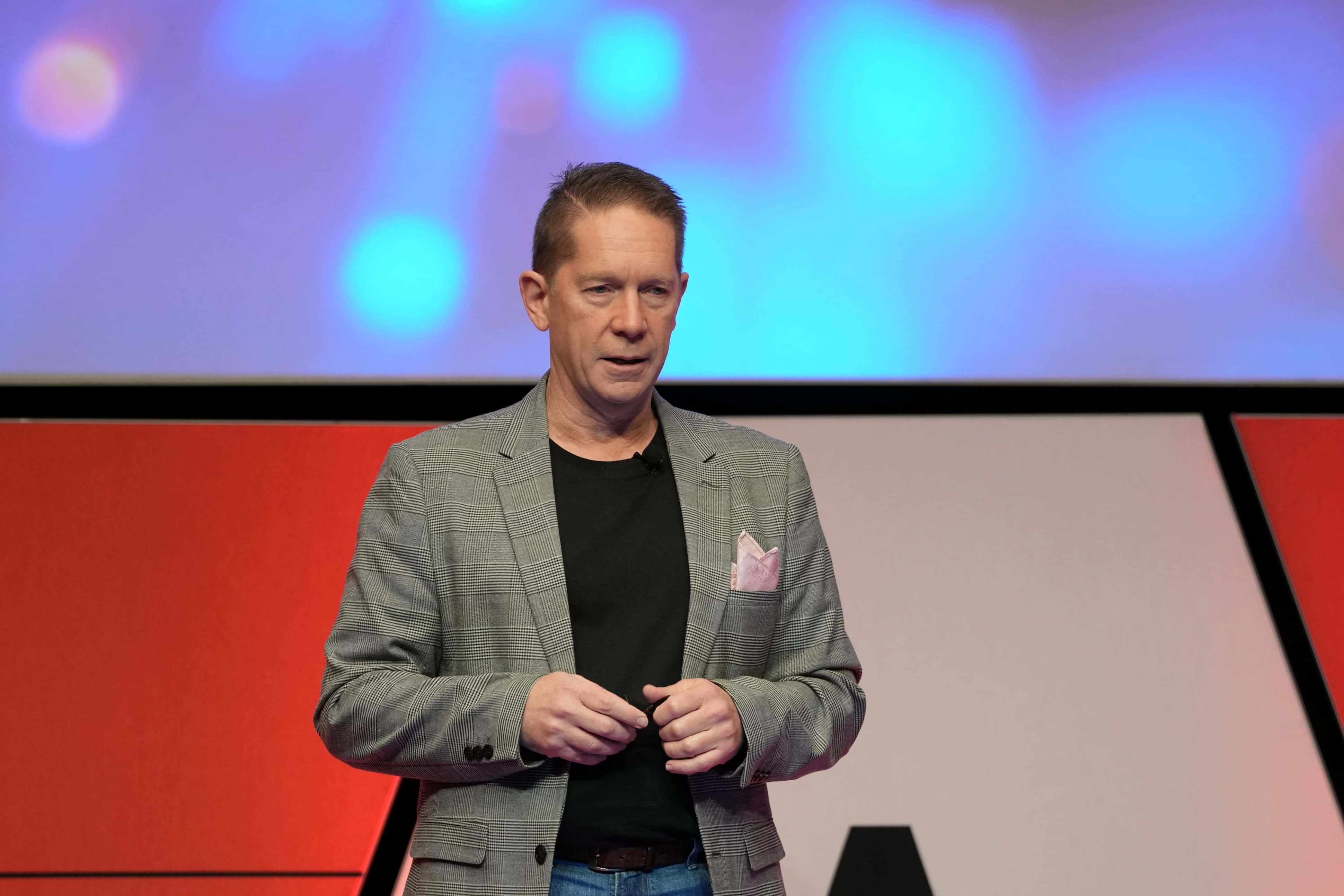
This ensures informed oversight and strategic alignment, shifting board perception from passive observation to active stewardship.
Supporting Simon’s view, Dr Peter Weill, Chairman at MIT CISR and ADAPT Senior Advisor, emphasised that the critical financial inflection point for organisations occurs when scaling AI from pilot to production.
Peter cited ADAPT’s data showing 70% of CDAOs plan increased investment in governance, risk, compliance, and responsible AI over the next year.
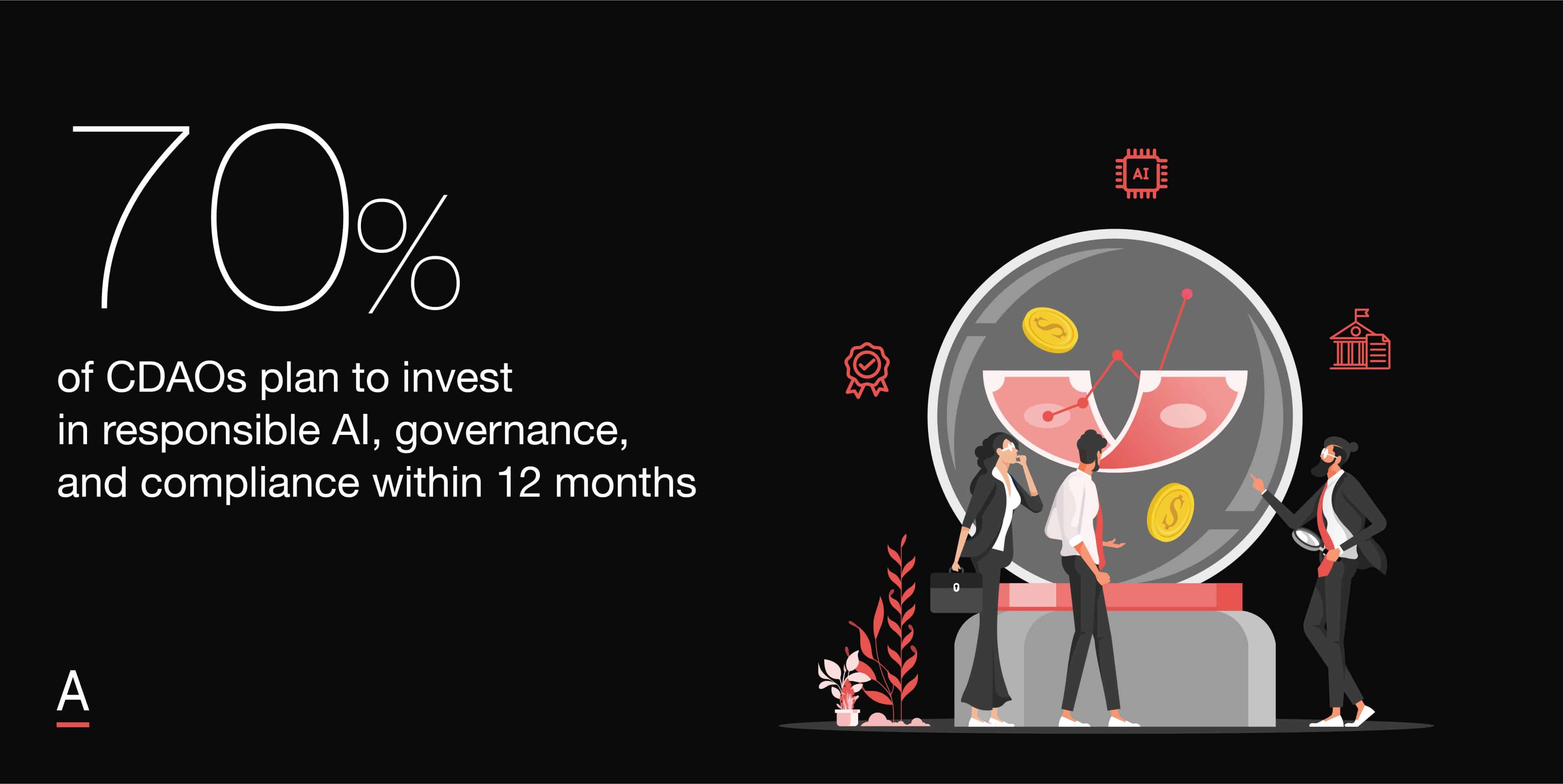
He recommended reframing AI investments to focus on transformative business-model innovations rather than isolated technological deployments, a shift that boards can strategically influence and support.
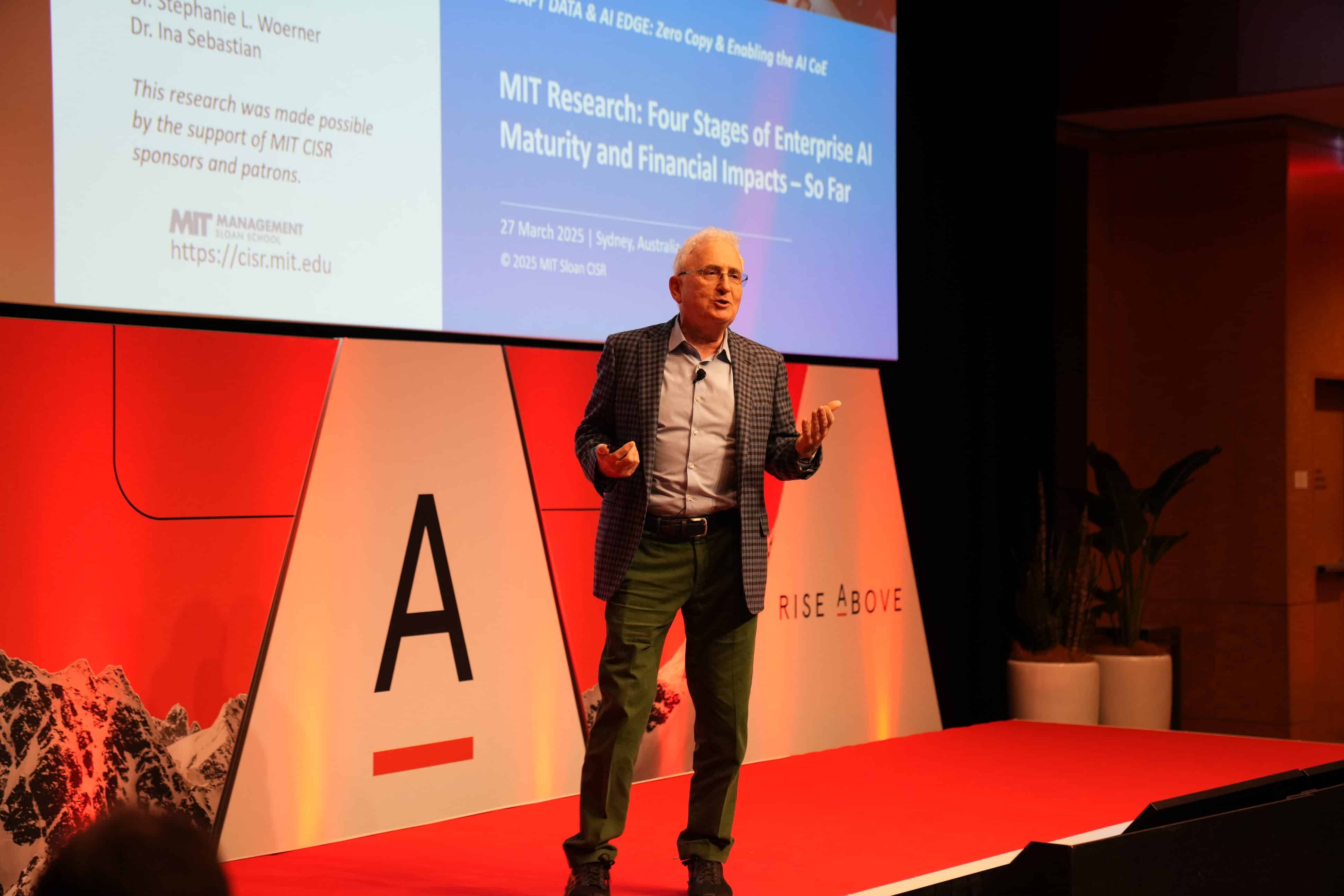
For Australian organisations, active board involvement and informed governance will prove decisive.
The future belongs to CDAOs who align strategic governance frameworks with business transformations, ensuring both responsible AI use and measurable financial returns.
What’s next for Australian chief data and AI leaders?
Data & AI Edge clarified the practical roadmap required for Australian CDAOs to rapidly bridge maturity gaps and achieve sustainable, strategic AI adoption.
The path forward demands:
- Defining AI projects clearly around measurable, strategic business outcomes to secure executive buy-in and drive adoption.
- Implementing zero copy architectures and federated governance to simplify compliance, enhance agility, and ensure scalable AI deployment.
- Focusing on comprehensive data integration and dramatically raising organisational data literacy to underpin AI readiness, particularly for generative AI applications.
- Proactively engaging boards through structured education and clearly defined governance frameworks, actively guiding strategic AI investment decisions.
- Harnessing existing internal talent and embedding AI-driven creativity to strategically differentiate, innovate, and achieve meaningful long-term competitive advantage.
As AI increasingly becomes integral to competitive advantage, Australian organisations capable of aligning clear strategic priorities, strengthening governance frameworks, and nurturing deep internal capabilities will differentiate themselves profoundly in the years ahead.
These steps will not only enable Australian enterprises to navigate near-term AI challenges but ensure they remain at the forefront of global innovation in 2025 and beyond.




